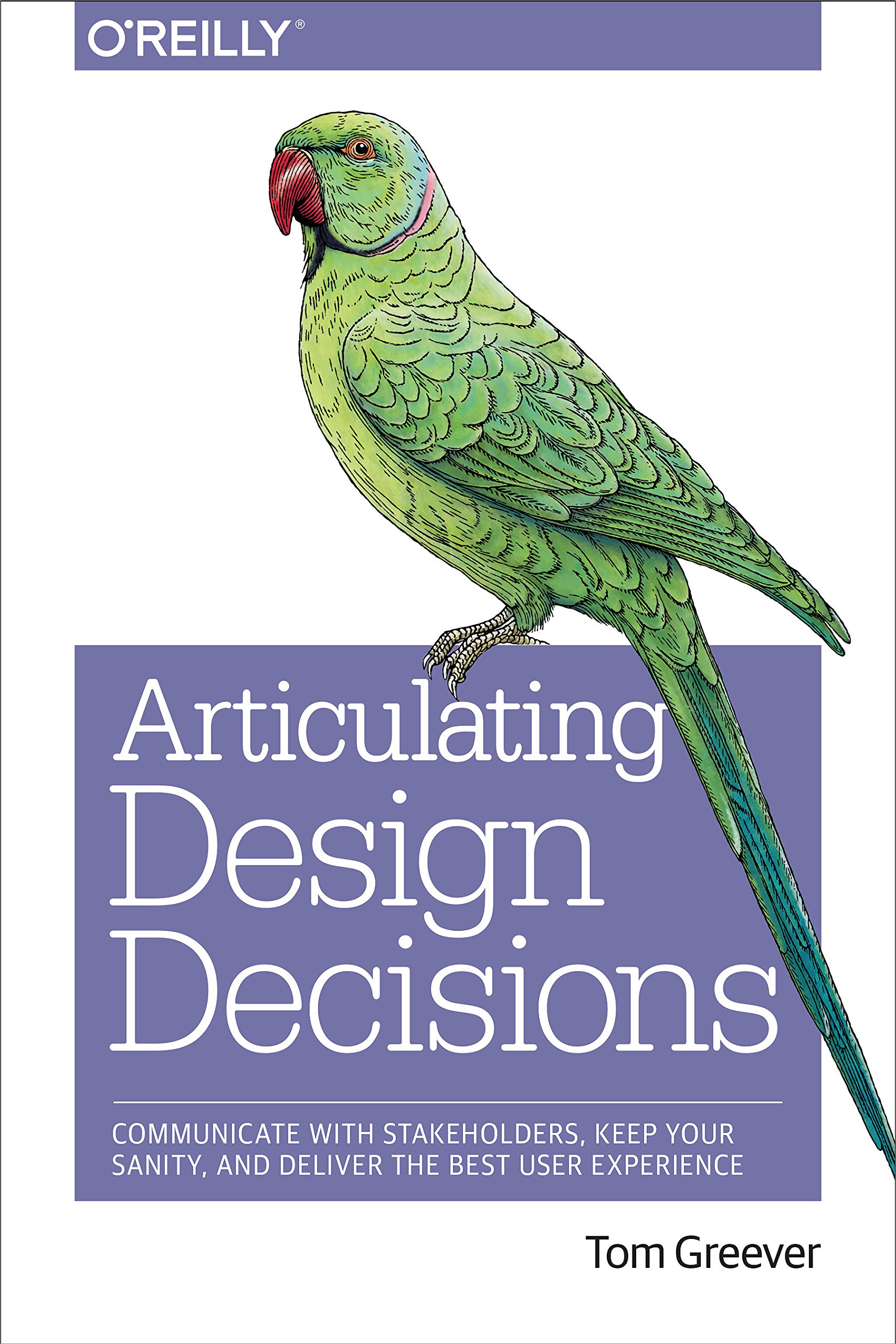As year 2020 comes to a close, and as I archive my day planner, mounds of sticky notes, and work journals for the year, I found a few quotes and insights I highly recommend to my community of UX professionals. Do you make it a practice to ask yourself how the next thing you design can maximize your opportunity to learn about your business, brand and users?
"Customer feedback is information you collect from your customers about their experience with your product, service, website, or business as a whole. You can use this feedback to improve customer experience by removing or reducing areas of friction and increasing positive touchpoints."
"Expertise can be the gradual accumulation of many modest insights."
James Clear’s Blog | Author of Atomic Habits
"This generation has never been more informed than ever, but at the same time remarkably not reflective."
Unknown
"it’s critical to track the effects of your experiments both quantitatively and qualitatively”
“Whether we use KPI’s, Usability, Credibility, or other measures, having an imbalance in either direction leads to a lot of guessing.”
“Always Have two goals when testing hypotheses…
The key to creating good product experiments is to start with two viability goals at once: a primary goal that changes and a secondary goal that stays the same. In other words, the primary goal is something the team wants to achieve without losing something else…
For example: Our (primary) goal is to increase revenue while keeping costs the same (secondary).”
Bonus book recommendations
Incredible collection of practical and easy productivity tactics to maximize the finite hours of your day. From the creators of GV's Sprint.
7 Habits of Highly Effective People
This 'old school' book is incredible for any working human. Having read it later in life I’ve realized it’s the clear foundation for many other popular business leadership and productivity books that followed it. This book is actually in my list of top 10 non-fiction books of all time. I officially understand what all the the hype is about following Franklin Covey and the years of success the organization has had helping professionals. I especially recommend this read to graduating High School or College students just coming in to the working world.

